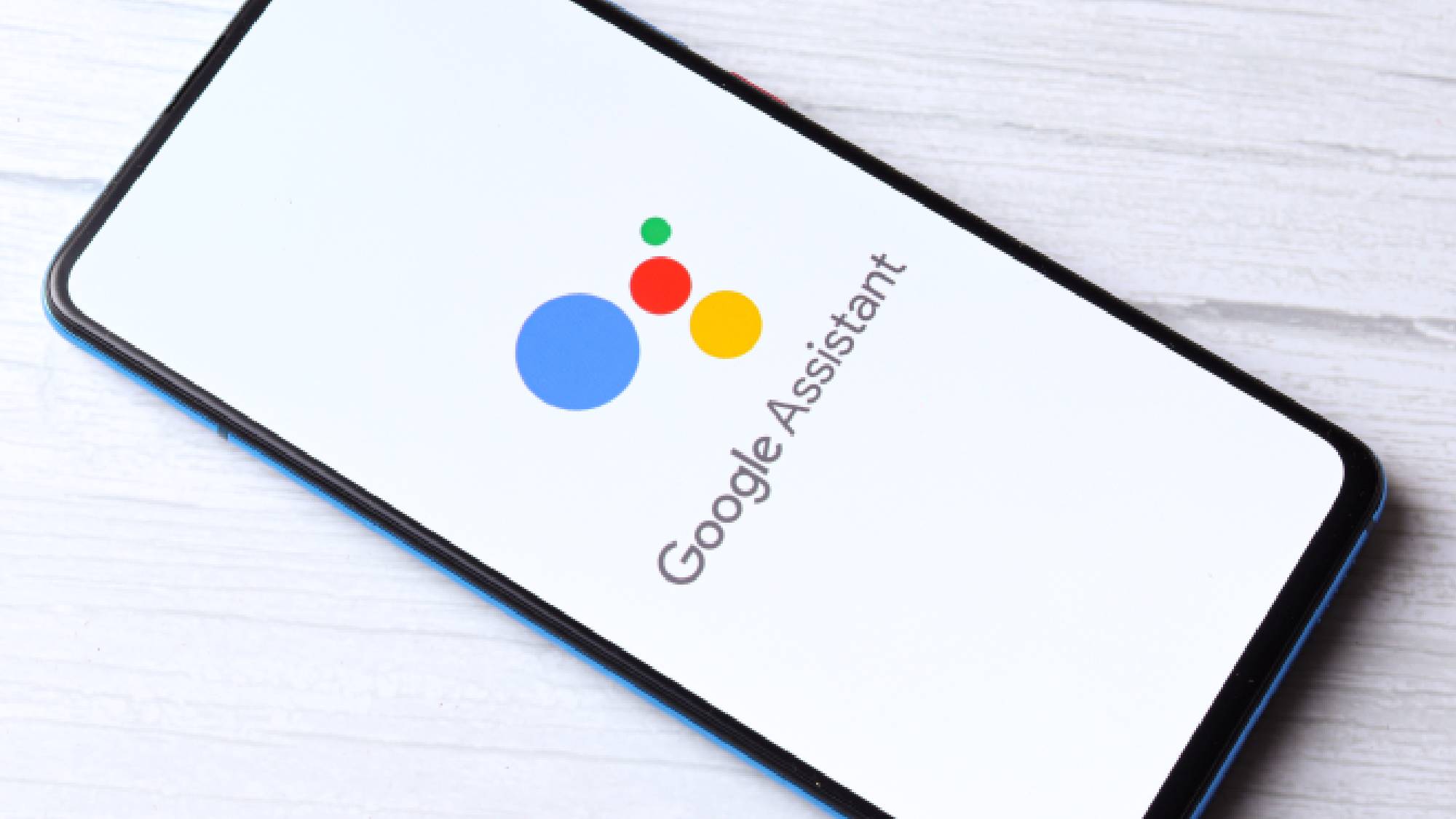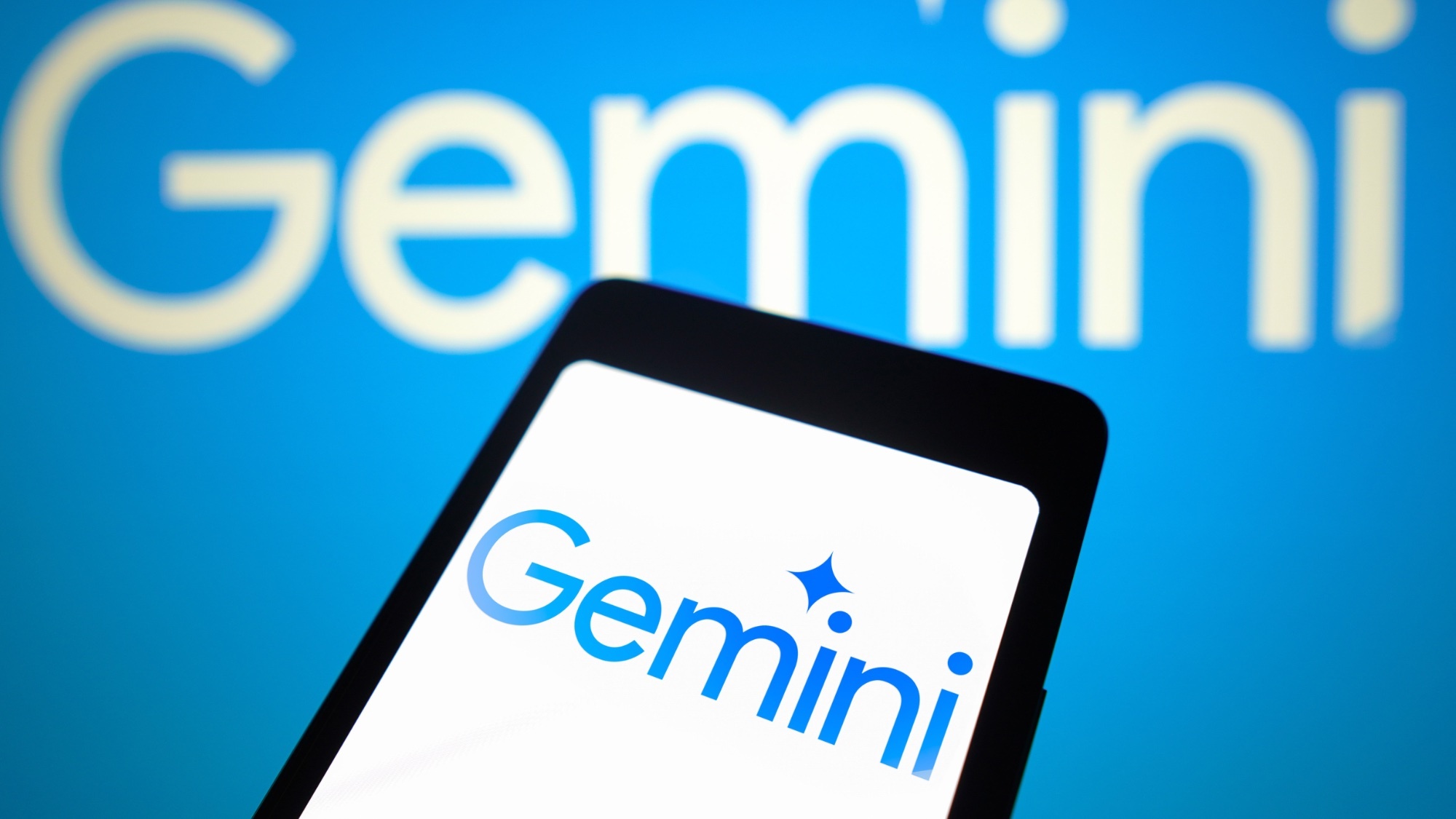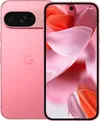Android Auto FAQ: Everything you need to know
Got some burning questions about Android Auto? We have answers

Android Auto is a must-have driving companion for Android users on the open road. Google's answer to Apple CarPlay can take all the important,car friendly features from your phone and add it to your car's central display. In a way that's designed to be safe for driving with minimal distractions.
While you could just use your phone, Google killed off Android's driving friendly app interface two years ago. That means there's no official driver-safe mobile interface on Android that would otherwise make it easier to use essential features and cut out the dangerous one. Thankfully more and more cars have Android Auto support, and you don't necessarily need a fancy modern car to access it. Even older motors have access, thanks to a number of Android-Auto compliant screens that are on sale.
But if you've never used the Android Auto before, or have questions about how it works, here's everything you need to know about Android Auto.
Which phones are compatible with Android Auto?

Any phone running Android 6.0 (KitKat) is capable of running Android Auto. However phones running software up to and including Android 9 (Pie) will have to download the Android Auto software from Google Play.
Phones running Android 10 and above have the software installed out of the box. On top of this phones running Android 11 and higher are compatible with wireless Android Auto connections. That includes native wireless connections that are built into your car, or older models relying on some kind of adapter.
You can check your phone's software by heading to Settings > About then scroll down until you see Android Version. If you are running an older version of Android you can see if an update is available by heading to Setting > System > System Update.
How do you connect your phone to Android Auto?

Connecting to Android Auto is as simple as connecting your phone to your car with a USB cable. Some cars have a USB-A port, while other have the new USB-C, but the process is the same. Provided the Android Auto software is installed on your phone, and your car supports the app, the connection will happen automatically.
The first time you initialize Android Auto, you will need to go through the set-up process. You will be guided through this, and it only takes a couple of minutes.
You will also have to do this step if you're going to use Android Auto wirelessly. But there aren't any extra steps involved if your car supports a native wireless connection. Simply unplug the USB cable and use the software as normal. Be sure to check out our guide on how to set up wireless Android auto.
If you're using a third-party adapter you'll need to follow the instructions in the manual. This will likely involve pairing your phone to the adapter over Bluetooth to get things set up. Regardless of whether you're using a native connection of an adapter, a wireless Android Auto connection requires Bluetooth and Wi-Fi to be switched on.
Wired connections will need you to plug in each time you're driving, while a wireless connection should automatically initialize every time you turn on the engine. If you find that it won't initialize automatically after setup, make sure to double check both Bluetooth and Wi-Fi are turned on.
Which cars offer Android Auto?

These days you'll struggle to find an automaker that doesn't offer Android Auto support in its newest cars. In the majority of cases these cars will also support Apple CarPlay, so it doesn't matter if you change phones, or an iPhone user is borrowing your car.
Of course you should always double check before you buy a car. While Android Auto support is pretty widespread, there are still a lot of cars, especially in the used market, that don't support the software.
Your first port of call should be Google itself, which has a pretty lengthy list of cars (and aftermarket stereos) that support Android Auto. A quick Google search will also be able to clear things up in no time.
It's worth mentioning that there are a few notable automakers that don't sell any cars with Android Auto support — which is worth bearing in mind.
Tesla is the best known outliers, and doesn't offer support for Android Auto or Apple CarPlay, instead offering its own premium connectivity package for $10 a month or $99 a year (plus tax).
Other outliers include Rolls-Royce and Koenigsegg. The latter has long-promised Android Auto support is "coming soon," but there's no timeline on when that might happen. Meanwhile Rolls-Royce has remained quiet — an odd situation, given there are several Android Auto-friendly cars made by parent company BMW.
Which apps work with Android Auto?

After so many years, Android Auto has a countless number of compatible apps. However, you're not going to see the likes of Netflix or YouTube on here. Instead Android Auto apps are generally focused on navigation, audio and communication. So you have the likes of Google Maps and Waze, Spotify, Audible, WhatsApp and more.
Certain video conferencing apps also work, like Zoom and Microsoft Teams — but only for audio. That means you can listen in on meetings while you're driving, and without running the risk of a video feed distracting you from the road. YouTube is also available, but only be accessible when the car is parked.
Likewise certain EV-centric apps are available, helping you track down compatible chargers with minimal fuss. Popular options include services like PlugShare and Chargepoint
You can find a whole list of compatible apps over on Google Play, which will help you figure out what you need to install ahead of time. There are quite a few, but we feel the need to point out that a lot of them are fairly niche radio apps. So be prepared to sift through them all.
Does Google Assistant support Android Auto?

Yes. Part of what makes Android Auto great is that you can use Google Assistant just as you would at any other time. You can summon the virtual assistant with "Hey Google" voice commands, tap the microphone-shaped summon button in the corner of the screen, or use your car's own voice recognition buttons.
Provided it's something your phone can do, Assistant can handle it so you don't need to take your eyes off the road ahead. Whether that's dictating messages, dialing phone numbers, asking for directions, or playing a specific song.
Google Assistant has even had a redesign that's rolled out to Android Auto. Functionally the voice assistant is no different than before, but it looks a lot nicer. That means you get the "glow" look used on smartphones, and a bubble icon when Assistant is summoned rather than a large bar taking up screen space.
It is worth remembering that, like Apple CarPlay, voice commands will only work with Android Auto apps. After all what's on display is just an extension of your phone screen, and your phone has no control over your car.
That means you can't use Assistant to control things like in-car temperature, the radio or windows. Assistant also has systems in place to prevent you trying to use any apps that aren't deemed suitable for driving — like YouTube or any other video-centric service.
However, since Google relies on a cellular data connection, some features won't work when you don't have a signal — which is no different to what would happen if you walked through a dead zone with your phone.
One surprising thing you can do, though, is control your smart home devices from afar. That means you can tell your smart thermostat to start heating up your house from the road, or switch your smart lights on if it's getting dark. That's provided you have devices that are set up to work with Google Assistant, of course.
What about Gemini?

So far, no, Gemini is not compatible with Android Auto. So you're stuck with the solid, albeit limited, Google Assistant for voice commands for the immediate future. There have been rumors that Gemini support could be coming to Android Auto.
There have even been some signs of Gemini being tested in the Android Auto beta, though for now the driving software remains completely AI free. This will no doubt change at some point, we just don't know exactly when.
Can I add Android Auto to the car I already own?

There are ways to access Android Auto from an older, non-compatible car. The most obvious one is to pick up a device that functions much like a car's infotainment display — but without the fuss of needing to be built into the dash.
There are several options out there, and they all function the same way as an Android Auto-capable vehicle. Plug your phone in, and there's barely any difference. In some case it's also possible to replace your car's stereo and navigation system with a unit that supports Android Auto. However this kind of retrofit does require some specialist know-how.
You also need to make sure your car is actually compatible with the unit you want to install. A lot of Android Auto head units require a double DIN slot, whereas a lot of cars only have the one. Depending on what kind of car you have, your choice may be a lot more limited.
And that's just for the unit itself, and doesn't take possible installation costs into consideration. Realistically, you may just be better off with your phone, or a compatible stand-alone display.
Does Android Auto take control of your car?

No. As with the current version of Apple's CarPlay, you cannot use the Android Auto app to control any of the car's systems. So no selecting radio stations, turning on cruise control, adjusting the A/C, or anything of that sort
If you want a car that has such capabilities, you'll need one running Android Automotive OS. The operating system is essentially Android for cars, built into the vehicle from day one and is completely standalone. However Android Automotive OS is still very new, and not that common. Popular examples include the Polestar 2 and Ford F-150 Lightning.
There is some basic level of coordination between the Android Auto app and the car. This means that, for example, streaming-music playback will be muted when any sort of warning sounds sounds.
Changes have been announced that would allow the Google Maps app on Android Auto to receive data from electric car batteries. That way it can alter your route depending on your charging needs, without any input from you. But these are the absolute bare minimum of what you can expect, and the features have been slow to roll out.
So if you want to do anything to the car itself, you'll have to do it the old fashioned way.
Do Android Auto-compatible vehicles also support Apple's CarPlay?

In the early days, automakers had a habit of selecting either Android Auto or Apple CarPlay, which meant picking a new car also meant taking your phone choice into account. However that quickly changed, since both suites are essentially just apps running on your car. There was no logical reason why cars couldn't support both.
In fact it's now rare to find a car that doesn't support both. As mentioned before, the only real outliers are a couple of niche luxury car brands like Rolls-Royce, who support CarPlay but not Android Auto, and Tesla — which doesn't support either.
However the majority of companies do have their own infotainment system and app suite. That way drivers don't have to rely on Android Auto or CarPlay if they don't want to. Plus, as connected cars become even more commonplace, the need to integrate your car and phone isn't quite as serious as it once was.
How has Android Auto changed?

Like any piece of software, Android Auto is never truly complete. Updates happen pretty frequently, and a recent change gives Google's software a major overhaul - with a brand new design and feature set to try and enhance your driving experience.
The idea behind this latest update is to ensure the driving has everything they need up front, without having to tap a bunch of buttons when they're supposed to be concentrating on the road.
This also introduced an optional split-screen mode, which adapts to whatever screen your car has, and offers a side bar with various important apps and features. This includes stuff you've used recently, but also change based on contextual cues - such as if you have an incoming call.

Google Assistant also understands that context too, either via voice controls or single tap options on screen, and Google Maps has had a visual upgrade. The Maps interface will always be closest the the driver, and the new version includes a bunch more visual data such as lane markers, signs and barriers.
This design change was rumored for several months, and was officially revealed at Google I/O 2022. Originally Google announced it would roll out "just in time for the summer", though it didn't actually arrive until January 2023.
Google has also confirmed that AI summarization, which first appeared on the Galaxy S24 will be coming to Android Auto on other phones. That means you can figure out what's going on in group chats without having entire threads read out to you when you should be concentrating on the road.
Sign up to get the BEST of Tom's Guide direct to your inbox.
Get instant access to breaking news, the hottest reviews, great deals and helpful tips.

Tom is the Tom's Guide's UK Phones Editor, tackling the latest smartphone news and vocally expressing his opinions about upcoming features or changes. It's long way from his days as editor of Gizmodo UK, when pretty much everything was on the table. He’s usually found trying to squeeze another giant Lego set onto the shelf, draining very large cups of coffee, or complaining about how terrible his Smart TV is.
-
RadiomanBill Excellent article. I have an issue and wonder if it has to do with a newer AA push. I am unable to answer the phone in the car. Notification shows, and the ringing occurs, but I cannot click on or use the car controls to answer the phone. Is this a new "safety" feature, maybe?Reply
Have you run into this yet? Phone is a Pixel 7 Pro, vehicle is a Mazda CX-50.
Cheers! -
timicin i read this article a little while ago while in the market for a new phone and used this "information" to buy a Xiaomi Redmi Note 13 Pro running android 13 and it does NOT work with Android Auto at all. now i have a $300 paper weight and i hope this article gets updated before it leads others to waste their hard earned money on misinformation.Reply
Phones running Android 10 and above have the software installed out of the box. On top of this phones running Android 11 and higher are compatible with wireless Android Auto connections. That includes native wireless connections that are built into your car, or older models relying on some kind of adapter.








